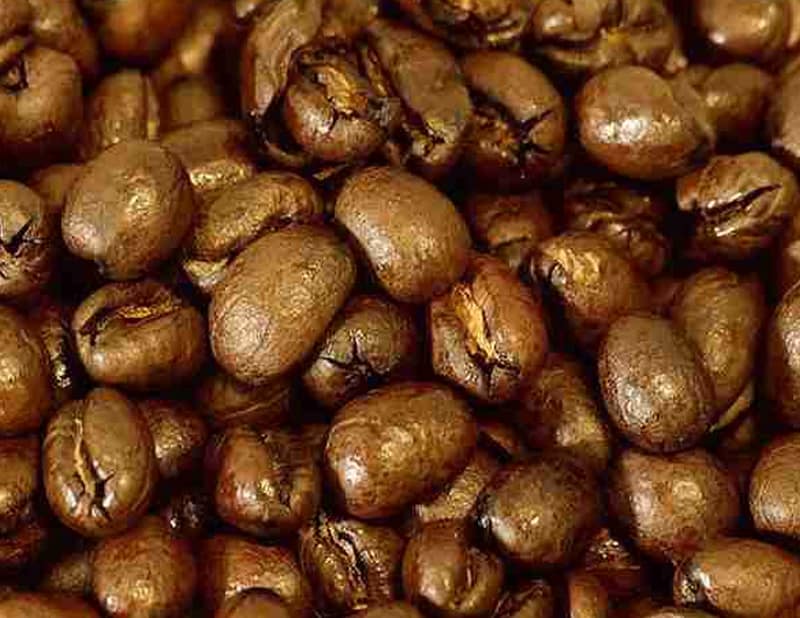
So what is a Peaberry?
Well you definitely can’t make soup or pie with it but you can brew a delicious cup of coffee! Looking at a typical coffee bean you will see it is flat on one side but round on the other. Normally inside each coffee cherry there are two beans or seeds that face each other on their flat sides. In about 5% of the cherries, only one of the two seeds gets fertilized and upon maturity is smaller, denser and more rounded than the other 95% of beans.
Some people believe that because the nutrients the plant produces for two seeds is received by only one seed, these little footballs are of higher quality. No, they do not taste notably different than their normal counterparts. The premium associated with peaberry lots comes from the extensive labor and sorting process, not the overall quality difference.
Tanzania is one of the most widely known coffee-growing countries that consistently separates a huge chunk of their coffee into Peaberry lots. With its bright acidity and aggressively flavorful roast, Tanzanian Peaberry is a medium to bold coffee with some fruity and sugar notes plus a slight tannic finish. However, peaberries do not only grow in Tanzania but in every coffee-growing country! On average, about 5% of every un-sorted bag of coffee beans are peaberries.
The Sumatra Peaberry Arabica Coffee is known to be a novelty coffee with good reason. This beautiful coffee is a very clean coffee that offers a rustic earthy sweetness, with big hints of chocolate and caramel. With a medium to dark roast, there are also spicy notes of clove and cinnamon making it a great dessert coffee.
When you are in the mood for a low acid and overall rich full body, special coffee, try a cup of cute peaberry.




